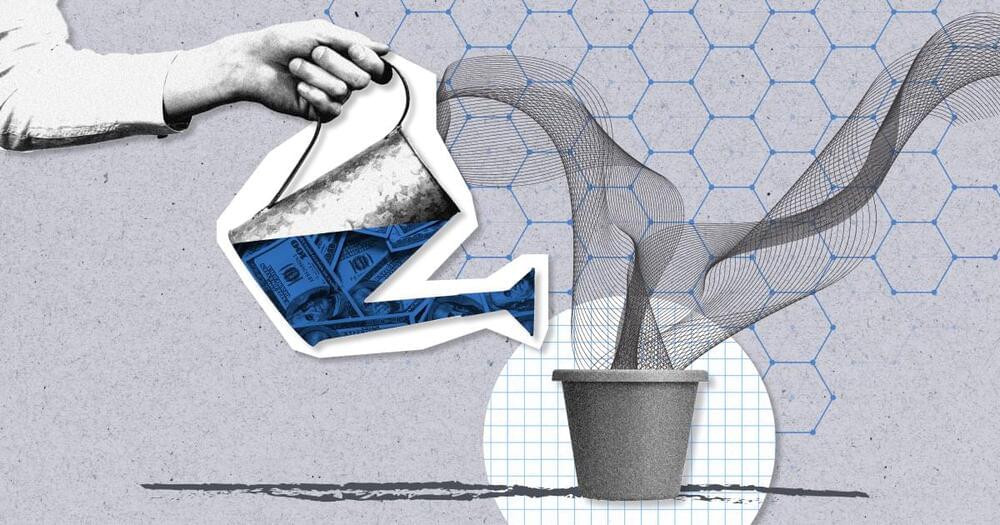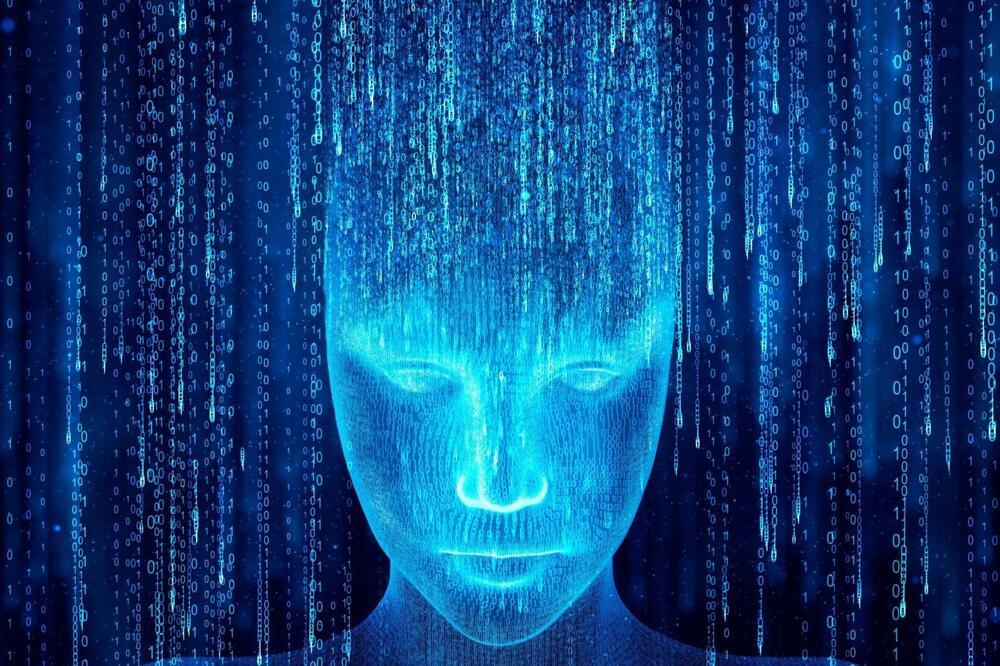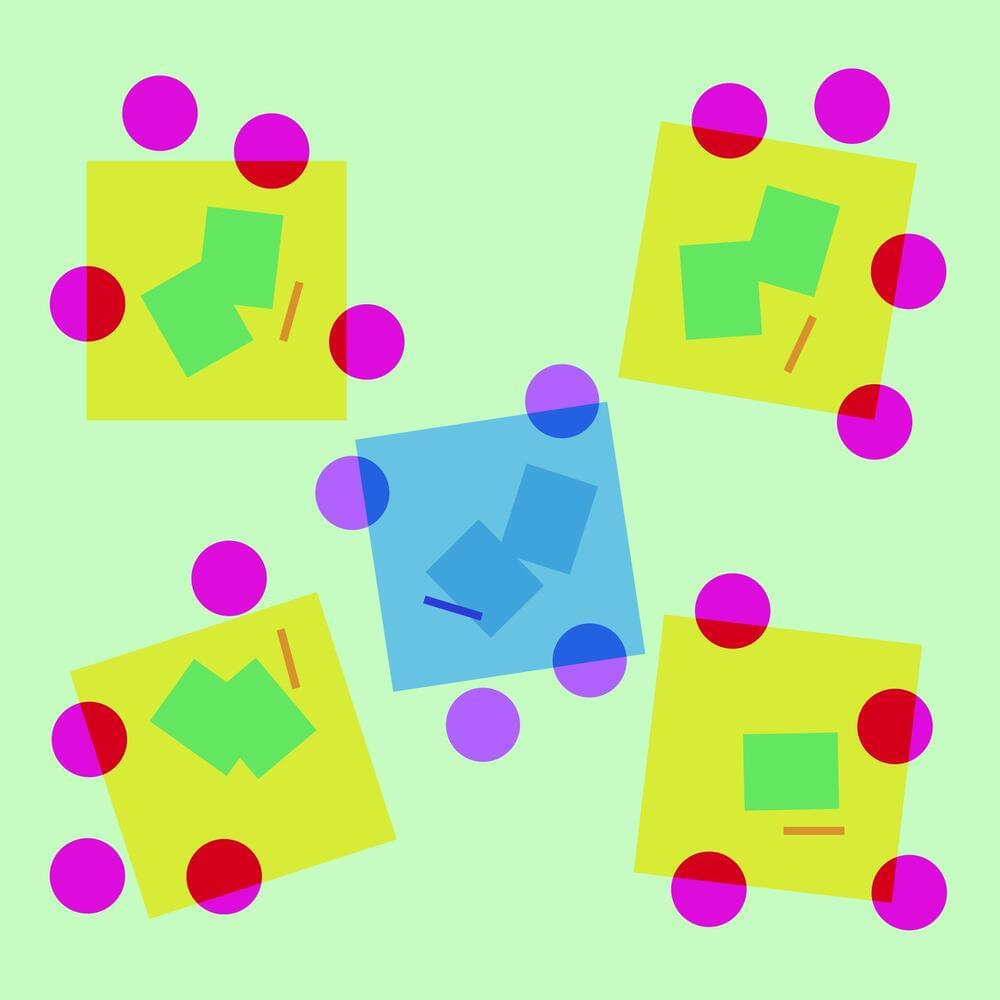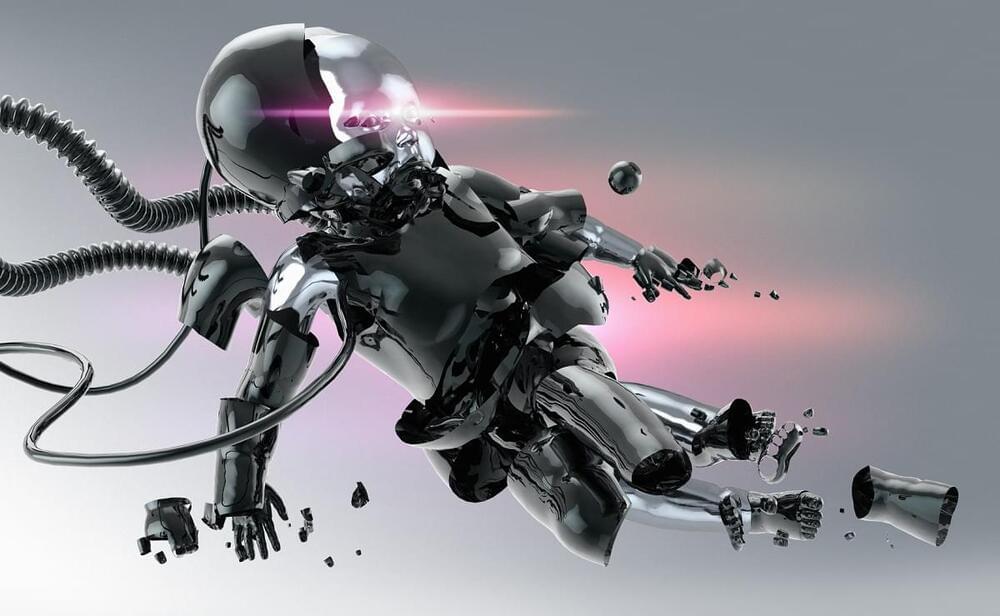Speak, an English language learning platform backed by OpenAI’s startup investment fund, the OpenAI Startup Fund, today announced that it raised $16 million in a Series B-2 funding round led by angel investor Lachy Groom.
The co-founders of Dropbox, Drew Houston and Arash Ferdowsi, also participated in Speak’s tranche, which brings the startup’s total raised to $63 million. CEO Connor Zwick says that it’ll be used to support Speak’s launch in more markets, including in the U.S. by the end of the year. (Speak is currently live in around 20 countries including Japan, Taiwan, Germany, France, Brazil and Mexico.)
“It’s been incredible to see that the learning experience we spent years honing in a single market, South Korea, has proven to resonate with almost no modifications needed in markets and cultures across the globe,” Zwick said in a press release. “Looking ahead, we plan on bringing our AI-powered tutor to most major markets around the world by the end of this year, and are gearing up for a launch in the U.S., offering English speakers the ability to learn other languages.”





